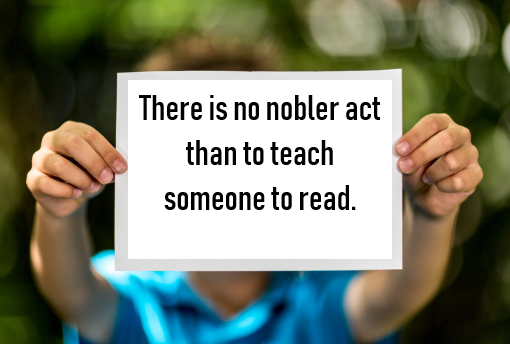How to provide excellent reading support for your child

As many schools resume this week, you may have mixed feelings of relief at sending them back but dreading the extra homework, especially those home readers! Here are some practical recommendations to support your child’s reading for the year ahead.
First of all, if you recognise that your child is struggling with reading, no matter what their age, then you should intervene quickly. But you do not need vast training or expensive instructional materials to provide your child with excellent reading support. As a parent and experienced teacher, I can share some ideas on how to create a culture of language in your home, impart hands-on reading instruction and improve your child’s vocabulary.
Creating a Culture of Language in the Home
Parents should strive to spend 20 minutes a day reading to/with their children. However, please remember that the quality of reading interaction with your child is more important than the time you spend reading. It’s far better to read for only 5 minutes if it causes conflict between you both. Try to keep in mind that your child’s frustration levels for reading will often change. That’s normal.
The strategies below are devised to help you customise your approach to your child’s reading needs. A particular strategy may work or you may have to move onto another one. Pay close attention to which skills your child is mastering and where he/she needs further support.
A calm space to read
Create a reading area that is free of distraction and excess stimulation. Ensure there is ample light and comfortable seating.
Consider how you read with your child
By this we mean the distance between yourself and your child. Some children dislike the proximity when their parents read over their shoulder. Would they prefer sitting side by side, on your lap or sitting nearby? Consider lying on their bed with your eyes closed, and saying words of encouragement to let them know that you are listening. You may find that this reduces a little of the reading ‘pressure’.
Allow your child to make his/her selections
Children will choose a book because it is interesting or it’s one that their friends are reading. Your task is to help your son/daughter to feel good about whatever they have chosen. Be mindful of saying, “This book is too easy for you” as they may interpret this as you not valuing their choice.
Make the book relatable to your child
This becomes more relevant as your child becomes older and is assigned a book/novel to read. Try to find some connection for your child, for e.g. Is there an interesting fact about the author? Can you find an image of one of the main characters? Is there a snippet from a movie to get them interested?
Be a model reader
Edith Sullwold (a child therapist for over 30 years) says, “Children do not listen to what we say. They listen to who we are.” If you are a model reader, this will help to make reading a habit for your son or daughter.
Tip: Also model skilled reading for your child. An example of this would be to say aloud (whilst you’re reading your own book), “Mmmm…. I’m not sure of this word so I’ll read on further to try to work it out.” or “This story reminds me of another book that I have read. I wonder if the main character ends up in trouble too.”
Parents are often worried about how they can assist their children with the reading demands of school. Keep in mind that the priority is learning the content and completing a reading assignment. Stay focussed on the learning task, even if this means sidestepping the skills that your son/daughter may struggle with. This does not mean doing all their homework reading tasks for them, instead find ways to help your child to complete tasks so that the quality of home life is better (and they have more time to perfect their reading skills).
Check out our blogs for more ideas and tips.
Boys Love LFB – Here’s what they have to say!
Get boys reading in the digital age
Why write? Tips for reluctant writers
Brought to you by Tanya Grambower
